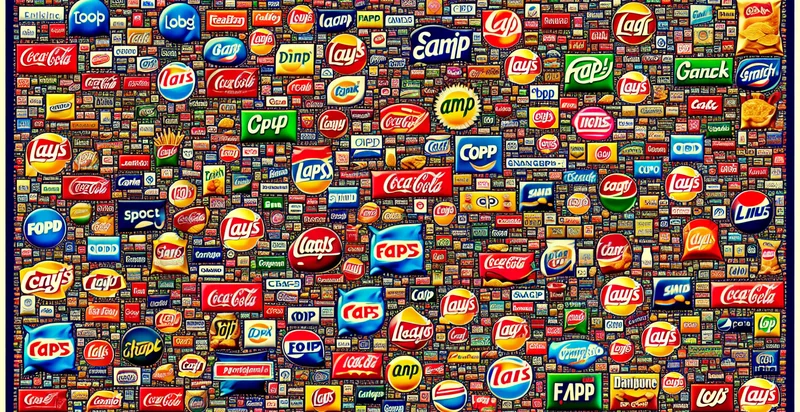Identify cloud services by logo
using AI
Below is a free classifier to identify cloud services by logo. Just upload your image, and our AI will predict what cloud service provider it is - in just seconds.

Contact us for API access
Or, use Nyckel to build highly-accurate custom classifiers in just minutes. No PhD required.
Get started
import nyckel
credentials = nyckel.Credentials("YOUR_CLIENT_ID", "YOUR_CLIENT_SECRET")
nyckel.invoke("cloud-services-by-logo", "your_image_url", credentials)
fetch('https://www.nyckel.com/v1/functions/cloud-services-by-logo/invoke', {
method: 'POST',
headers: {
'Authorization': 'Bearer ' + 'YOUR_BEARER_TOKEN',
'Content-Type': 'application/json',
},
body: JSON.stringify(
{"data": "your_image_url"}
)
})
.then(response => response.json())
.then(data => console.log(data));
curl -X POST \
-H "Content-Type: application/json" \
-H "Authorization: Bearer YOUR_BEARER_TOKEN" \
-d '{"data": "your_image_url"}' \
https://www.nyckel.com/v1/functions/cloud-services-by-logo/invoke
How this classifier works
To start, upload your image. Our AI tool will then predict what cloud service provider it is.
This pretrained image model uses a Nyckel-created dataset and has 39 labels, including Alibaba Cloud, Aws, Azure, Bbva Cloud, Circleci, Cloudflare, Cloudways, Digital Ocean, Django Cloud and Docuware.
We'll also show a confidence score (the higher the number, the more confident the AI model is around what cloud service provider it is).
Whether you're just curious or building cloud services by logo detection into your application, we hope our classifier proves helpful.
Related Classifiers
Need to identify cloud services by logo at scale?
Get API or Zapier access to this classifier for free. It's perfect for:
- Brand Monitoring: Companies can utilize the 'cloud services by logo' identifier to monitor their brand presence across various online platforms. By analyzing images containing their logo, businesses can gauge brand visibility, identify unapproved usage, and address potential infringement issues.
- Competitive Analysis: Organizations can leverage the image classification function to analyze their competitors' branding strategies. By tracking where and how competitors' logos are appearing in digital spaces, businesses can gain insights into marketing effectiveness and adjust their strategies accordingly.
- Marketing Campaign Tracking: Marketers can employ the identifier to assess the performance of their advertising campaigns based on logo visibility. By categorizing campaign images in real-time, companies can better understand engagement metrics and refine their marketing efforts based on audience reactions.
- Brand Sentiment Analysis: Using the logo identifier, brands can analyze public sentiment by examining images shared on social media. By determining the context in which their logo appears (positive, negative, or neutral), businesses can gather valuable feedback to enhance their brand image and customer relations.
- Compliance and Regulatory Monitoring: Organizations in regulated industries can use the classification function to ensure compliance with branding regulations. By checking that their logo is used appropriately in promotional materials, businesses can mitigate legal risks and maintain standards set by governing bodies.
- Content Customization: Companies can personalize content based on logo identification to improve customer engagement. By automatically recognizing their logo in user-generated content, brands can tailor responses or promotions, creating a more personalized and engaging consumer experience.
- Revenue Attribution: The logo identifier can assist businesses in associating image-based marketing efforts with revenue generation. By tracking the logos related to purchases or engagement, companies can gain insights into which branding efforts result in actionable consumer behaviors, enabling more informed investment decisions.


